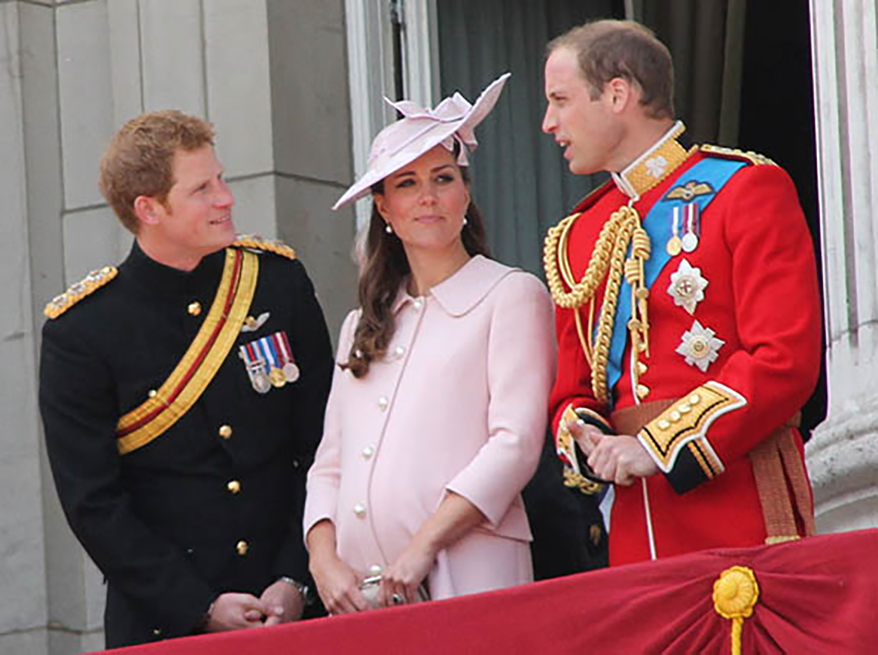IN HIS NEW tell-all book, Spare, Prince Harry bursts the bubble on the popular myth that he inherited his late mother Princess Diana’s iconic sapphire and diamond engagement ring, but then selflessly offered it to his older brother, Prince William, to use for his proposal to Kate Middleton in 2010.
According to the original account — attributed to Diana’s former butler, Paul Burrell — after Diana died tragically in 1997, her sons, then 15 and 12, were given an opportunity to select a keepsake from their mom’s possessions. Prince William picked a Cartier watch that his mom received on her 21st birthday and Harry got the sapphire engagement ring.
Burrell went on the explain that Diana’s ring was in Harry’s possession for 12 years, but when William broke the news to his brother that he was about to propose to his long-time girlfriend, Kate, the younger brother said, “Wouldn’t it be fitting if she had mummy’s ring? Then one day that ring will be sat on the throne of England.”
In his newly released memoir, the Duke of Sussex calls the story “nonsense.”
In fact, it was William, not Harry, who had asked for the sapphire ring after their mom’s passing. Harry did not object to his brother’s request, and since he did not possess the ring, the sweet, noble scene described by Burrell could not have occurred.

Harry explained that the first time he got wind of his brother’s engagement was when Buckingham Palace made the formal announcement in November of 2010. The brothers had traveled to Lesotho during the summer of 2010, but William did not mention at that time that he planned to propose.
This is not the first time Princess Diana’s engagement ring has been cloaked in controversy. In 1981, the then-20-year-old Lady Diana shocked some members of the British royal family when she picked her engagement ring from the Garrard catalog.
In Diana’s eyes, the 18-karat white gold ring set with a 12-carat oval Ceylon sapphire surrounded by a halo of 14 round white diamonds was perfect. She loved it so much that she didn’t request any modifications or customizations.
Naysayers claimed that the ring was sub-standard because it was a stock item. They called it a “commoner’s ring” because any non-royal with a $60,000 budget could have purchased the exact piece.
Advertisement